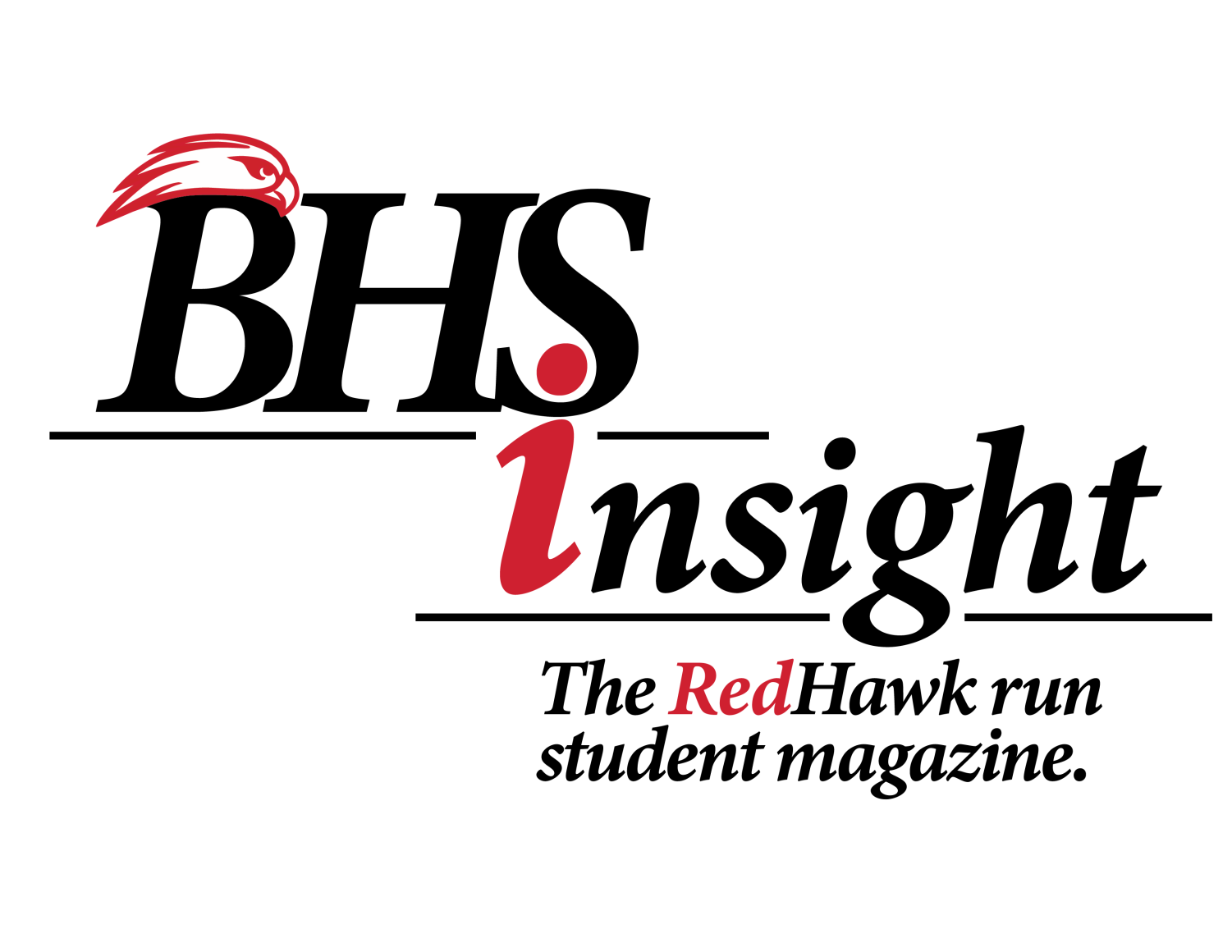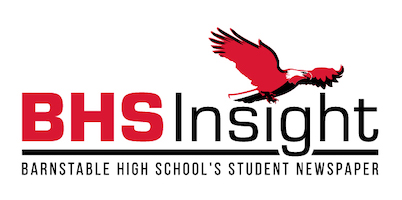Editorial- Hybrid Schooling Introduces New Ideas that Should Stay
June 3, 2021
Even during the most discombobulated and confusing year, public education was forced to adapt to the rapidly changing circumstances. Wanting to protect its students, Barnstable went fully remote last March and only returned to a hybrid schedule in October. Following a trend of lower community spread and the increased availability of COVID-19 vaccines, Barnstable opened its doors to full capacity on May 3, leaving behind the hybrid scheme and returning to full in-person learning. While it’s refreshing to be able to see our friends and teachers again, there are multiple aspects of the awkward hybrid year that we believe should be implemented into a “normal” school year.
Being fully remote and then participating in the hybrid schedule gave students a lot more freedom over their education. Three out of five days a week students were responsible for themselves, starting with rolling out of bed at the correct time, eating breakfast, and logging into classes; it taught students how to be self-sufficient. Some students were fully remote even throughout the hybrid period. Being able to experience that independence, where the stakes and money spent are not as high is a tremendous preview for upperclassmen for the next portion of their life. Seniors in good standing with the school (having adequate grades, minimal unexcused absences, no suspensions) should be allowed to choose their preferred method of education. Whether that’s staying fully in-school or electing for a hybrid approach, giving them such a choice helps prepare them for postsecondary education. If students start to flounder or struggle to discipline themselves, that is an element of the freedom they need to learn how to control with guidance from teachers or parents. Learning how to utilize the resources students have available to them—talking to teachers and parents about designating time for school work, or reducing distractions—will make them a more successful student and person later in life.
The shortened Wednesday was one hallmark of the hybrid schedule that was sorely missed upon returning to school full-time. Being able to finish classes at noon, eat lunch at a normal time, and have the extra time to catch up on assignments was necessary when we spent so much time behind a screen. Additionally, students felt less drained at the end of the day, lowering the necessity for a nap and allowing more focus on homework. Students who are employed also received some extra time to themselves. However, those principles still hold true for an in-person model. During the winter it would allow students to utilize more of the daylight hours outside, and when the weather is nice, students can use that time to go do something recreational instead of staying cooped up in a poorly ventilated building.
Our current block schedule with 85-minute classes is actually more beneficial to students than the pre-COVID schedule, where classes are only 50 minutes each. Having a longer class period allows for teachers to elaborately cover a lesson plan and not worry about running out of time. There’s no pressure to rush through a lesson to cover it within a short time frame. Settling down into a class can be difficult when students are moving around so often — it barely feels like students can breathe in their class if the longest they’re ever in one place is 50 minutes. Taking a test is also not as stress-inducing, as students are more likely to finish or give their most robust answers instead of rushing because they ran out of time. Compromising between the two different lengths of classes leads to the proposed one for next year, which includes 68 minute classes with some shorter 44 minute ones to buffer the longer blocks. Although we might not be used to moving around as often since we’re a year removed from the pre-COVID schedule, having more time for each class with less classes each day has more advantages than disadvantages.
Although the term “mask breaks” will have to be renamed when the student population is no longer wearing masks, the idea of occasionally going outside is something to look forward to. Keeping some element of a “brain” break within the longer classes can help provide students with bursts of focus instead of trailing off towards the end of a class. Students can also create more of a personal relationship with the teacher, being able to give them updates about things they’re doing outside of school.
Organization is paramount to success at school, and having Google Classroom during the hybrid period was a smooth method of assigning and turning in work. While having a platform that integrates with the rest of Google is convenient, teachers who didn’t know how to utilize it or updated it inconsistently made it difficult to keep track of everything. Posting things in the stream that appear as assignments that you’re not supposed to turn in, not creating folders of resources and having to scroll through months of updates on the stream, not posting grades, and other issues made remote students’ lives more difficult. Google Classroom is a platform that is fantastic when it’s used properly—carrying around less papers and having resources online makes it much less likely that a student loses something to the black hole of their backpack. There is merit to having some form of paper in the classroom though. Only having a deadline online can make it easier to forget since students aren’t physically handing something in. The lack of motivation leads to some students falling irrevocably behind and having their grade suffer as a consequence. Having a balance between the two worlds, where smaller assignments are online but larger ones are physically handed in to the teacher would benefit students the most.
The final aspect of the hybrid year that should stay is not having midterms. Finals can be a way to finish out the year strong and exercise everything students have learned throughout the year, but midterms have only induced stress and are not the best way to represent a student’s abilities. Their timing was always poor as well, coming almost immediately after winter break. Instead of reentering the school groove after holiday break, students would have to worry about recalling all the information they’ve absorbed since the beginning of the year. Midterm review and preparation also subtracted from valuable class time, especially in AP classes where every block should be used to cover more of the curriculum.
Although students and teachers alike may feel inclined to leave a disaster of a year behind, there were aspects of the temporary systems we created that benefited students over a normal year. Those changes should be considered next year as the world returns to some semblance of normal.

